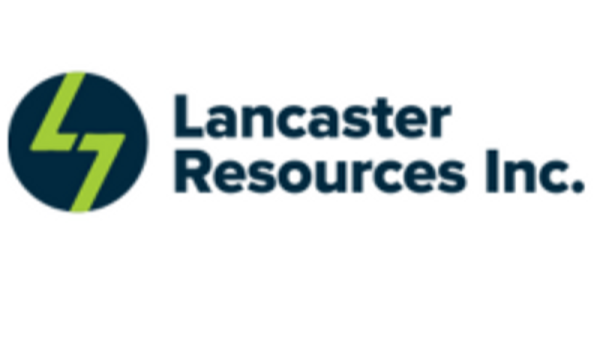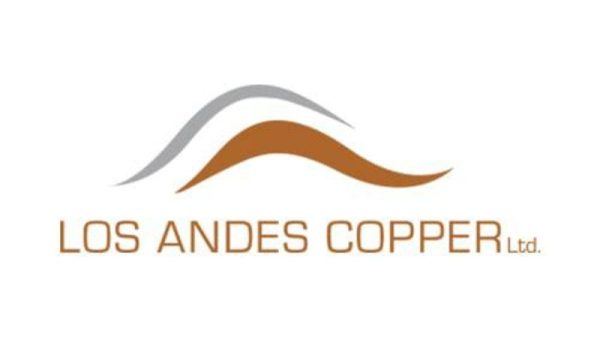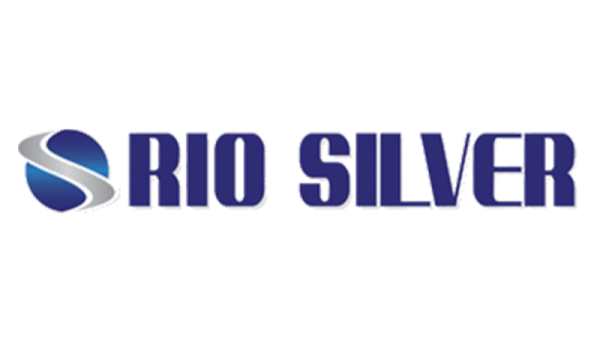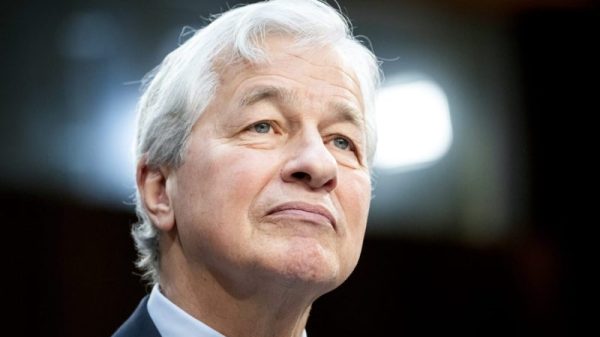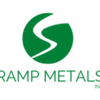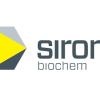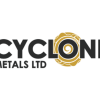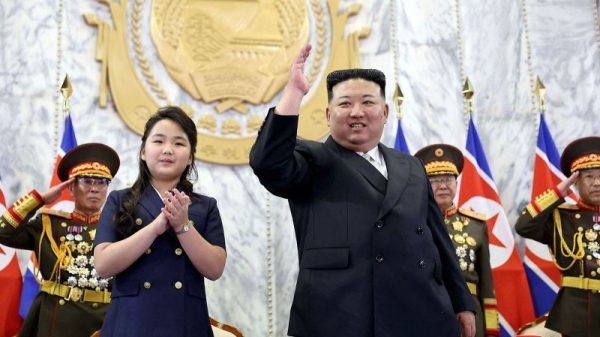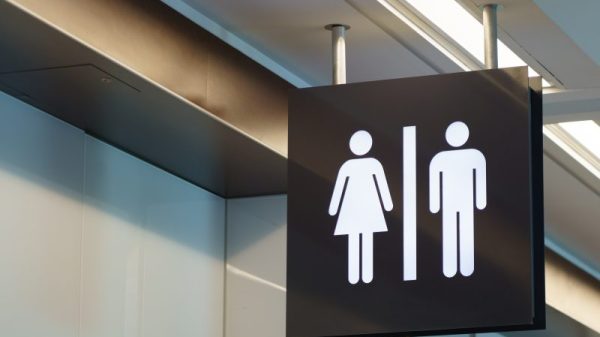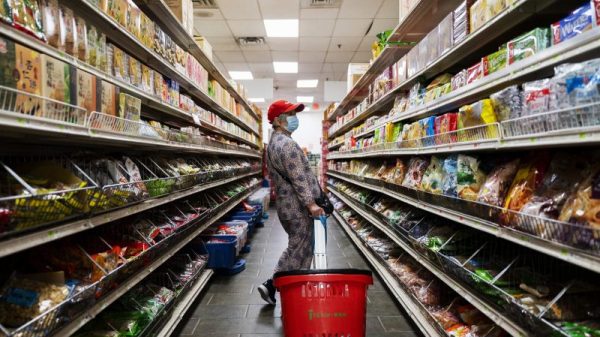Lithium prices remained subdued at the beginning of 2024, still well below highs set in late 2022 and 2023. Several factors, including oversupply and weak electric vehicle (EV) demand, united to keep prices muted over the 90 day period.
Despite a market glut keeping prices down, Fastmarkets is forecasting that lithium supply will increase by 30 percent by year’s end. However, lithium analysts did note that the current price environment could disrupt this fresh supply, as some producers may choose to reduce production or delay expansions.
“Furthermore, whilst Chinese production seems less prone to suffering delays — as seen with the ramp-up of domestic lepidolite and African spodumene projects, in most cases we expect new capacity to experience some start-up delays, contributing to supply-side risk,” a Januaryreport from the firm reads.
Production cuts could be a signal that the market has “bottomed,” resulting in some rebalancing later in the year.
January: Lithium market calm amid inventory saturation
Lithium oversupply from 2023 continued to saturate the market at the beginning of this year, keeping prices muted. Production in 2023 came in at 180,000 metric tons (MT) of contained lithium, 34,000 MT higher than 2022’s output.
Trading activity was also muted in January as market participants anticipated the Spring Festival.
“Expectations were that demand and in turn prices would pick up afterwards,” explained Megginson. “This restocking activity didn’t immediately materialize after the Spring Festival, which led to some gloomier sentiment in China.”
Notable deals from the first month of the year included two transactions by Chinese chemical and battery manufacturer Ganfeng Lithium (OTC Pink:GNENF,SZSE:002460,HKEX:1772).
The first, between Ganfeng and Australia’s Pilbara Minerals (ASX:PLS), amended an existing offtake agreement, increasing short- and medium-term supply of spodumene concentrate. The revised agreement will see Pilbara supply Ganfeng with up to 310,000 MT annually in 2024, 2025 and 2026, compared to the previously allotted 160,000 MT.
“The long-term outlook for the industry remains incredibly exciting. Both Ganfeng and Pilbara Minerals remain focused on extending our respective positions as major, low-cost producers in the burgeoning lithium market,” said Dale Henderson, Pilbara Minerals’ managing director and CEO, in the announcement.
Subsequently, Ganfeng penned asupply agreement with South Korea’s Hyundai Motor Group (KRX:005380). The deal — effective from January 1, 2024, through December 31, 2027 — will see Ganfeng supply an undisclosed amount of battery-grade lithium hydroxide to Hyundai.
February: Lithium producers react to market pressures
As downstream players sought deals amid low prices, producers began revising production tallies.
“We also began to see some supply response to the persistent lower price environment, with the announcement of delays to expansion plans and layoffs at some lithium producers or aspirants,” Megginson said. “I only expect this to palpably impact the supply picture in 12 to 18 months from now, as that is when these expansions were planned to ramp.”
In mid-January, Albemarle (NYSE:ALB) announced it was trimming capital expenditures for the year by US$500 million year-over-year.
‘The actions we are taking allow us to advance near-term growth and preserve future opportunities as we navigate the dynamics of our key end-markets,’ CEO Kent Masterssaid. ‘The long-term fundamentals for our business are strong and we remain committed to operating in a safe and sustainable manner. As a market leader, Albemarle has access to world-class resources and industry-leading technology, along with a suite of organic projects to capture growth.’
A few weeks later, the US-based company entered into a long-term partnership with BMW Group (ETR:BMW) to provide the automaker with battery-grade lithium for its high-performance EVs.
ASX-listed Liontown Resources (ASX:LTR,OTC Pink:LINRF), which plans to open its Kathleen Valley lithium project mid-year, noted the precarious lithium market in a January update.
“The recent material decline in spodumene prices has triggered significant reductions in short and medium-term lithium price forecasts,” it reads. “As a result, we have commenced a review of the planned expansion and associated ramp-up of Kathleen Valley to preserve capital and reduce the near-term funding requirements of the project.”
While the company reviewed potential ways to cut overall costs, it did note that there will be any changes to its plant capacity design, which has a planned capacity of 3 million MT per year and is currently under construction.
“As lithium projects struggle to stay above water, analysts also expect M&A activity to increase as major producers with positive cash flow try to find deals in the market while junior companies try to sell projects in a market where private capitals are scarcer than previous years,’ a February 12 report from S&P Global stated.
March: Evolving supply and demand factors support lithium prices
The beginning of March brought on some recovery in lithium prices as both carbonate and hydroxide made gains.
After starting the month at US$14,977.15 per MT, lithium carbonate registered a five month high of US$16,109.48 on March 14. Prices for lithium hydroxide also moved northward on the London Metal Exchange, hitting a Q1 high of US$13,425 per MT on March 11.
For Megginson, the move was in line with the forecasted balancing analysts expect to see in the 2024 lithium market.
“We forecast a fairly balanced market in 2024,” the Benchmark price and data analyst said. “While the low price environment has caused some project expansions to be pushed back slightly and some of the marginal, higher cost supply has come offline — this has been mostly counterbalanced with larger producers producing more.”
He went on to outline the factors that likely brought on the momentary price rally.
“On the demand side, cathode producers in China announced that they would substantially increase production in March, some by as much as 30 percent month-over-month — albeit compared to a very low level in February as Spring Festival was taking place,” Megginson said.
The drivers on the supply side were a little more nuanced.
“Environmental inspections at lepidolite producers in Jiangxi province led to some concerns about supply from the region,” Megginson explained. “Transgressions were found in terms of the handling of lithium slag and some participants thought that supply could become constricted. In the end the impact of these inspections was relatively limited with two companies being told to take action, with the remainder recommencing normal production (as of April 5).”
Megginson went on to note that there are now “rumblings” that brine producers in the same region could undergo similar environmental inspections.
“Although downstream demand is ticking up notably at the moment, ample supply overall is likely to limit the extent of price rises in the short term,” he concluded.
In addition to price spikes, March also saw some major developments for US-focused Lithium Americas (TSX:LAC,NYSE:LAC).
The company, which is developing its Thacker Pass project in Nevada, received conditional commitment for a US$2.26 billion loan from the US Department of Energy under the Advanced Technology Vehicles Manufacturing Loan Program.
The loan is earmarked for financing the construction of the processing facilities at Thacker Pass, which Lithium Americas states has the largest known measured and indicated lithium resource in North America.
The strategic investment is designed to further strengthen the North American battery metals supply chain.
“The United States has an incredible opportunity to lead the next chapter of global electrification in a way that both strengthens our battery supply chains and ensures that the economic benefits are directed toward American workers, companies and communities,” Jonathan Evans, president and CEO of Lithium Americas, stated.
What factors will move the lithium market in 2024?
Towards the end of Q1 there was more significant news for the lithium market.
Chile, a key player in the global lithium market, unveiled the full details of its comprehensive plan to enhance lithium production and attract investment. The country explained that operations and projects in its Atacama and Maricunga salt flats will need to be majority controlled by its state operators, which will hold a 50 percent plus one share stake.
Chile also announced that it had opened up over two dozen salt flats in the country for private investment.
The new lithium policy aims to promote sustainable development while ensuring fair participation among industry stakeholders. Chile intends to streamline the permitting process for lithium projects, encouraging greater investment and boosting production. Additionally, the government plans to establish a lithium consortium to oversee research and development initiatives, facilitating technological advancements in lithium extraction and processing.
“The goal of the national strategy is to boost Chile’s lithium production, which is currently expected to rise by 20 percent to 270,000 tonnes in 2024 from 225,000 tonnes in 2023,” Fastmarkets Analyst Jordan Roberts wrote. “Low production costs in the country mean producers have been facing less pressure from the recent weakness in lithium prices.”
Megginson advises watching output from Africa.
“Although the quality of material is more variable than comparable material from for example Australia, and the continent still makes up a small proportion of overall global supply, supply of hard rock lithium concentrates from Africa is growing rapidly, especially from Zimbabwe and Namibia,” he said. “Currently, Chinese converters are responsible for the majority of the projects that are at more advanced stages. It is worth noting that many of these projects are not economical when lithium chemicals prices are significantly below RMB 150/kg.”
Lastly, Megginson is also monitoring sales activity.
“We have seen an increasing number of public auctions and pre-auctions for spodumene concentrate,” he said. “This is definitely something to look out for and I expect to see more auctions for the remainder of the year, and some similar auctions taking place for lithium chemicals as well.”
Securities Disclosure: I, Georgia Williams, hold no direct investment interest in any company mentioned in this article.

